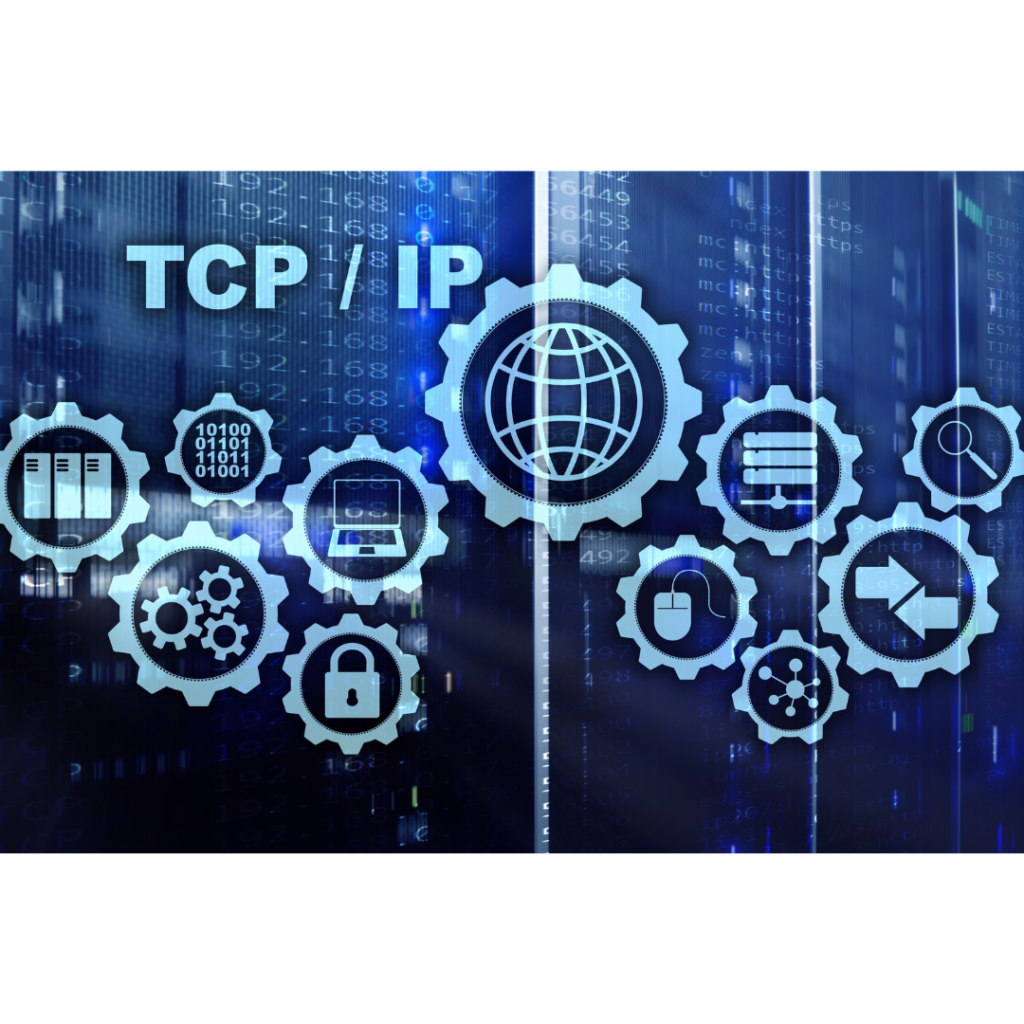Table of Contents

IP address definition An internet protocol (IP) address is an important concept in the online world, similar to a digital address for your computer or device. It consists of a distinctive sequence of numbers that distinguishes every device linked to a network, enabling them to exchange information with one another. Think of it like the address for your computer on the internet.
What Does an IP Address Look Like?
Generally, it involves several numbers divided by dots. For example, 192.168.1.1 is very common. Each number segment can be anything between 0 and 255. This numbering system enables computers and devices to find each other on the extensive internet network.
Two types of IP addresses.
Firstly, public IP addresses, which are exclusive all over the internet. Your internet service provider (ISP) assigns them, and they show the internet all devices connected to it. They are assigned by a router to devices within a private network and are not visible to the internet.
For example, whenyou visit the website ofa public library, your computer uses its public IP address to request the content from the library’s server, which is also recognized by a public IP. Definition of a
private IP address: Private IP addresses are used within a local network, like your home Wi-Fi. These aren’t unique across the internet but are unique within your local network.
For instance, multiple devices like your phone, laptop, and smart TV have distinct private IPs in your home. When you print a document from your laptop to a wireless printer, your laptop talks to the printer using these private IP addresses.
Why are IP addresses important?
They are essential for directing and sending data packets to the correct destination. Without an IP address, sending an email or visiting a website would not be possible. This is because the network would not know where to send or retrieve the information.
Let’s take a look at how IP addresses work in our daily lives.
Imagine you want to send an email. Your device uses its IP address to send the email to the internet. The email goes through different networks and is directed by IP addresses until it arrives at the recipient’s email server, and then their device.
The Development of IP Addresses: IPv4 to IPv6.
An Overview of IPv4: IPv4 has been the internet’s foundation since it was created.An IP address, such as 192.168.0.1, is a 32-bit number.
This has created a need for more IP addresses. However, the number of available IPv4 addresses is limited, with over 4 billion devices currently connected to the internet. IPv6 is the latest version of IP addresses, designed to address this shortage of IP addresses. An illustration of an IPv6 address would be 2001:0db8:85a3:0000:0000:8a2e:0370:7334.
IPv6 has an advantage in that it can generate a vast quantity of unique addresses, thereby resolving the scarcity issue.
Practical Uses of IP Addresses
- Web Surfing: Your computer employs its IP address to inquire a DNS server when you enter a website’s address. The server converts the web address into an IP address that signifies the server hosting the website.
- Online Gaming: When participating in online games, players join a centralized server or each other through IP addresses. The connection is made and maintained through the IP.
- Remote Work: When you work remotely, you can gain entry to a company’s network via a VPN. The VPN provides your device with an IP address that lets you access the company’s internal network securely.
Security and IP Addresses
Cybersecurity frequently revolves around IP addresses. Firewall and security protocols monitor and regulate data packets based on IP addresses to prevent unauthorized network access.
Conclusion
IP addresses are the foundation of internet communication, allowing numerous daily interactions from sending emails to streaming videos. The upgrade from IPv4 to IPv6 is a big change that caters to the growing number of devices that need unique identifiers online. Knowing about IP addresses reveals how the internet works as a vast, worldwide network that links billions of devices in a complex network of digital communication.




